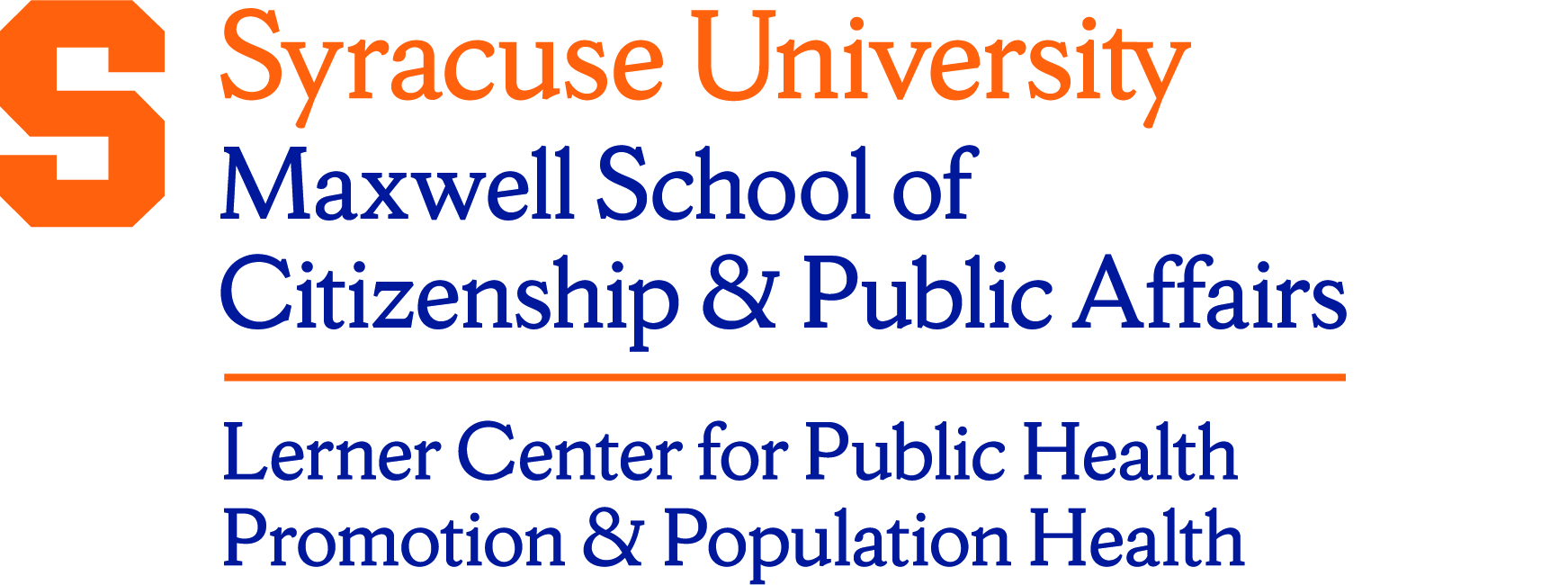Description/Abstract
The adverse impacts of the U.S. opioid crisis have been documented in many domains, but surprisingly little attention has been directed to understanding how the opioid crisis has affected children’s educational outcomes. This brief shows that students in counties with high levels of opioid prescribing are learning more slowly over time than their peers in counties with low levels of opioid prescribing. In addition to directing more support to schools, the authors advocate for policies that address the underlying social conditions that lead to prescription opioid misuse.
Document Type
Research Brief
Keywords
Opioid Crisis, Education, Demography
Disciplines
Demography, Population, and Ecology | Substance Abuse and Addiction
Date
3-21-2023
For More Information
Language
English
Acknowledgements
This research would not have been possible without the partnership of our co-authors, Lily Steyer and Keith Humphreys. The research described here was supported by a grant from the Institute of Education Sciences (R305B140009) and by the Robert Wood Johnson Foundation through the Health Policy Research Scholars fellowship award. We thank Shannon Monnat for edits to a previous version of this brief. This brief is part of a series of briefs summarizing findings from a special issue of the ANNALS of the American Academy of Political and Social Science on the social and community consequences of the U.S. opioid crisis.
Funder(s)
the Institute of Education Sciences and by the Robert Wood Johnson Foundation through the Health Policy Research Scholars fellowship award.
Funding ID
R305B140009
Recommended Citation
Drescher, J. and Townley-Flores, C. (2023). Counties with Higher Prescription Opioid Presence Have Slower Student Learning Rates. Lerner Center Population Health Research Brief Series. 219. https://surface.syr.edu/lerner/219
Creative Commons License

This work is licensed under a Creative Commons Attribution 4.0 International License.



